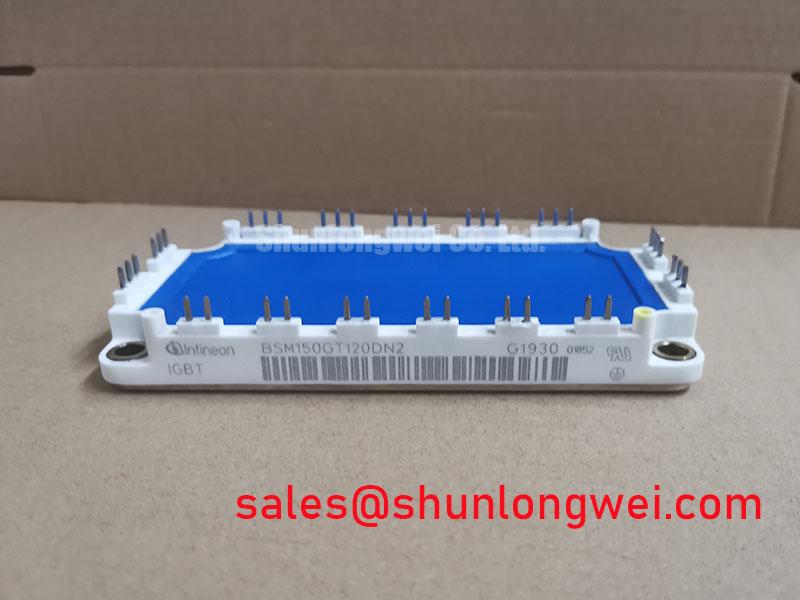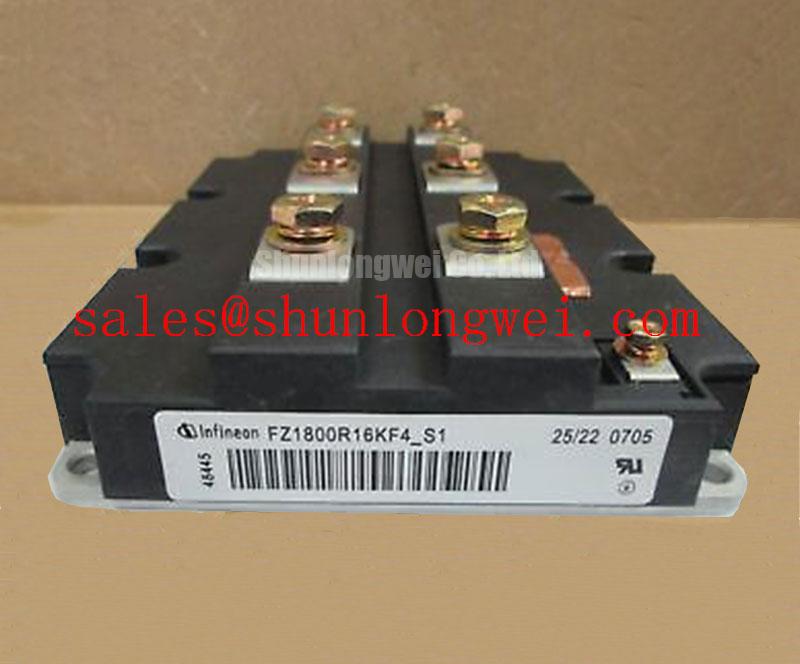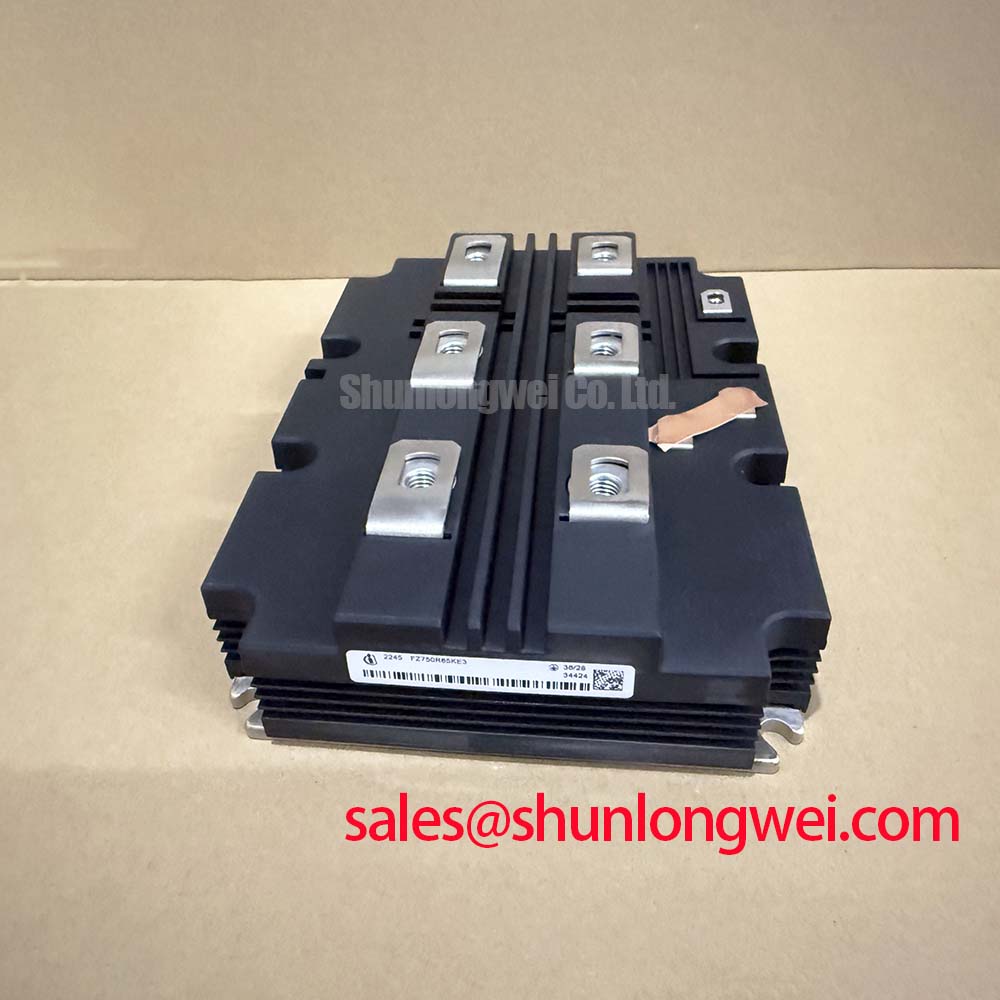Content last revised on October 13, 2025
BSM150GT120DN2 | 1200V 150A IGBT Module for High-Reliability Industrial Power Systems
An Engineering Overview of the BSM150GT120DN2 Half-Bridge Module
The BSM150GT120DN2 is a 1200V half-bridge IGBT module engineered for superior thermal reliability and efficiency in demanding industrial power conversion applications. With its specifications of 1200V | 150A | Rth(j-c) 0.09 K/W, this module delivers robust performance through two key benefits: simplified thermal management and enhanced system longevity. Its integrated NTC thermistor directly addresses the need for precise, real-time temperature monitoring without requiring external sensing components. For power systems up to 75 kW requiring robust thermal performance and simplified protection, the BSM150GT120DN2 offers an optimized balance of efficiency and reliability.
Key Parameter Overview
Decoding the Electrical and Thermal Specifications
The technical specifications of the BSM150GT120DN2 are foundational to its performance in high-power applications. The following table provides a functionally grouped overview of its key parameters, derived from the official datasheet.
| Absolute Maximum Ratings (T_case = 25°C unless otherwise specified) | ||
| Parameter | Symbol | Value |
| Collector-Emitter Voltage | V_CES | 1200 V |
| Continuous Collector Current (T_c = 80°C) | I_C | 150 A |
| Repetitive Peak Collector Current (t_p = 1 ms) | I_CRM | 300 A |
| Total Power Dissipation (T_c = 25°C) | P_tot | 835 W |
| Gate-Emitter Peak Voltage | V_GES | +/- 20 V |
| Electrical Characteristics (T_j = 25°C unless otherwise specified) | ||
| Collector-Emitter Saturation Voltage (I_C = 150 A, V_GE = 15 V, T_j = 125°C) | V_CE(sat) | 2.15 V (typ.) |
| Gate Threshold Voltage (I_C = 6.0 mA, V_CE = V_GE) | V_GE(th) | 5.0 V to 6.5 V |
| Short Circuit Withstand Time (V_GE ≤ 15 V, V_CC = 600 V, T_j = 150°C) | t_psc | 10 µs |
| Collector-Emitter Cut-off Current (V_CE = 1200 V, V_GE = 0 V) | I_CES | 5.0 mA |
| Thermal and Mechanical Characteristics | ||
| Thermal Resistance, Junction to Case (per IGBT) | R_thJC | 0.09 K/W |
| Thermal Resistance, Junction to Case (per Diode) | R_thJC | 0.15 K/W |
| Operating Junction Temperature | T_j op | -40 to +150 °C |
| Mounting Torque (M6) | - | 3 - 5 Nm |
Download the BSM150GT120DN2 datasheet for detailed specifications and performance curves.
Application Scenarios & Value
System-Level Benefits in Industrial Power Conversion
The BSM150GT120DN2 is optimized for high-frequency switching applications where thermal stability and reliability are paramount. Its robust design makes it a strong candidate for systems such as industrial Variable Frequency Drives (VFDs), Uninterruptible Power Supplies (UPS), and high-power welding equipment.
Consider the engineering challenge of designing a compact motor drive that will be housed in an enclosure with limited airflow. The primary obstacle is effective heat dissipation to prevent the IGBT junction temperature from exceeding its safe operating limit. What is the primary benefit of the BSM150GT120DN2's thermal design in this scenario? Its low thermal resistance from junction to case (RthJC) of 0.09 K/W facilitates rapid and efficient heat transfer from the semiconductor chip to the heatsink. This superior thermal pathway allows engineers to specify a smaller, more cost-effective heatsink or operate the module at a higher output power for a given thermal budget, directly contributing to increased system power density. The inclusion of an integrated NTC thermistor further simplifies the implementation of a precise over-temperature protection scheme within the gate drive circuit, enhancing the overall reliability of the final application.
While the BSM150GT120DN2 is well-suited for its current class, for systems demanding lower current, the related BSM75GD120DN2 offers a 75A alternative. Conversely, for applications requiring greater power handling, the BSM300GA120DN2 provides a higher current rating within a compatible voltage class.
Technical Deep Dive
A Deeper Analysis of Thermal Performance and Reliability Features
Two core features of the BSM150GT120DN2 significantly impact its long-term reliability: its thermal resistance and integrated temperature sensing. Understanding these is key to maximizing system performance. The module's low Rth(j-c) of 0.09 K/W is a critical parameter. Think of thermal resistance as the width of a pipe for heat to escape the semiconductor chip. A lower Rth(j-c) value is analogous to a wider pipe, allowing waste heat to flow away from the junction more easily, thus keeping the chip cooler under load. This directly translates to higher operational reliability and a longer service life.
Furthermore, the integrated NTC thermistor provides a significant design advantage. It acts as an embedded thermometer placed in close thermal contact with the IGBT chips. This provides a far more accurate and immediate measurement of the module's internal temperature compared to an external sensor mounted on the heatsink. This precision enables the control system to react more quickly to potential thermal overload conditions, providing a robust layer of protection that is essential for preventing catastrophic failures in high-stakes industrial environments. This built-in feature simplifies the design of the gate drive circuit and reduces the external component count, leading to a more streamlined and dependable system.
Engineering Questions on the BSM150GT120DN2
How does the integrated NTC thermistor simplify thermal protection circuit design?
The built-in NTC thermistor eliminates the need for external temperature sensors and their associated mounting and wiring. It provides a direct, reliable voltage output corresponding to the module's internal temperature, which can be fed directly into the gate driver's or system controller's analog input. This simplifies the PCB layout, reduces component count, and provides a more accurate reading for implementing over-temperature protection logic.
What is the engineering implication of the 10 µs short-circuit withstand time (t_psc)?
A short-circuit withstand time of 10 µs provides a critical safety window for the system's protection circuitry to detect a fault condition and safely shut down the IGBTs. This level of robustness is crucial in applications like motor drives where short-circuits can occur due to motor winding faults or cable failures. It enhances the module's survivability, preventing catastrophic failure and improving the overall ruggedness and reliability of the end equipment, a key consideration for industrial systems requiring high uptime.
For designers and procurement specialists evaluating this module, these features represent a direct path to more reliable and thermally efficient power conversion systems. To discuss your specific application requirements, we encourage you to contact our technical support team for a detailed consultation.
















